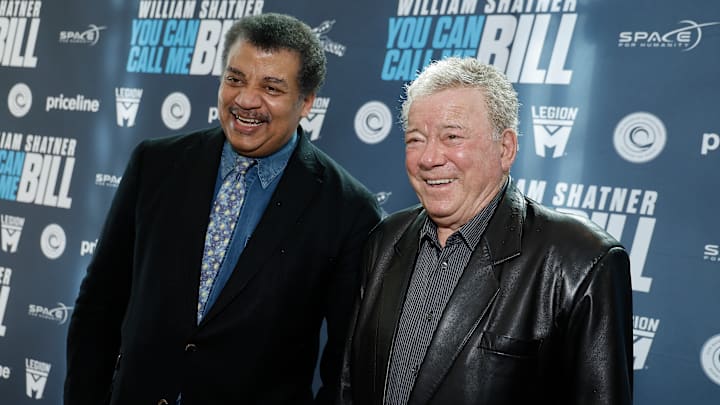Neil deGrasse Tyson is arguably the world’s most famous astrophysicist who has this affable delivery to explain the astronomical laws of physics such as the effects of the earth’s electromagnetic field or why all galaxies in the universe may likely encircle a black hole at their centers. I am currently reading Tyson’s 7th book “Starry Messenger: Cosmic Perspectives on Civilization” (release in 2022), and it reminded me just how small and insignificant our earthly issues are in comparison to the vast expanse of the universe and the mysteries of our solar system and beyond.
Tyson is geek fandom royalty and when he discussed the potential viability of Star Trek technology on his recent “StarTalk” podcast titled “The Science of Star Trek with Dr. Charles Liu” - I was thrilled and intrigued. I could not wait to hear his take on warp engines, phasers, and everything that makes starships and Starfleet operate on a technical level in Star Trek canon.
Tyson is joined by his co-host, comedian Chuck Nice, as they discuss Star Trek technology with Harvard-educated and colleague, astrophysicist Dr. Charles Liu. I have to say, the show started out on a tangent about whether the size of an electron is measurable or not - based on the smallest measurable object at “10 to minus 18" meters in diameter. I quickly recognized the amount of brainpower on display in this podcast was...dare I say it was astronomical!
Dr. Liu iterated that “creativity and imagination was more important than knowledge.” That makes sense when you acknowledge that you have to dream it first before you can build it. In that vein, here are 5 Star Trek technological advances that deGrasse and Dr. Liu weighed in on, given that Gene Roddenberry in the 60's was imagining scientific advances 300 years in the future as TOS was set in the year 2260.
